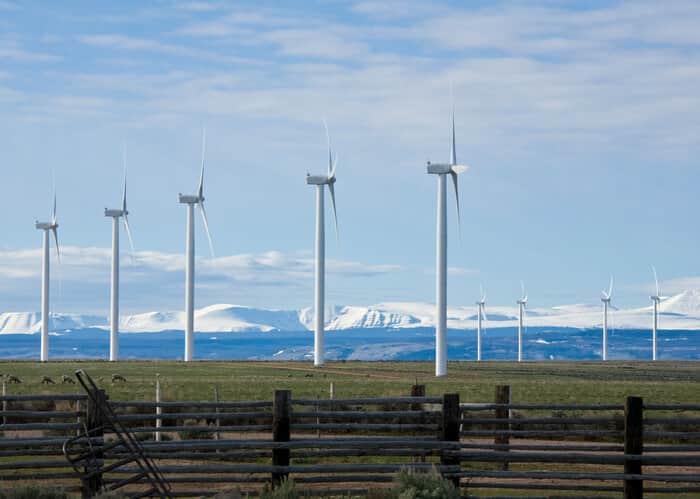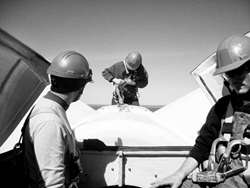 Following a 7.7% market growth in 2014 compared with 2013, the European wind power market is poised to expand by another 8.7% in 2015 in a policy-induced rush to build, which will lead to record numbers, according to MAKE Consulting.
Following a 7.7% market growth in 2014 compared with 2013, the European wind power market is poised to expand by another 8.7% in 2015 in a policy-induced rush to build, which will lead to record numbers, according to MAKE Consulting.
MAKE says it expects more than 144 GW of wind power capacity to be commissioned in Europe from 2015 to 2024. Northern Europe will account for 61% of installations over the 10-year outlook, with 42% of this installed in Germany. MAKE says European markets added 13 GW of wind power capacity in 2014, representing 7.7% growth over the previous year. Germany, Sweden, France, Turkey, Austria, Ireland and Finland all set new growth records. The company expects continued growth in 2015 will surpass the record set in 2014, with 14.2 GW.
Germany will lead Europe with more than 37 GW of new capacity between 2015 and 2024. The U.K. and France will follow with 15.4 GW and 13.2 GW, respectively, across the same period. Northern Europe will reach annual demand of more than 10 GW in 2020, fueled by policy targets and almost 6 GW of offshore wind capacity. However, reduced annual demand levels after 2020 will impact the 10-year average compound annual growth rate (CAGR), which MAKE expects to be -2.4%.
MAKE estimates that Southern Europe will account for 26% of new European wind power capacity in the forecast period, with growth escalating toward the end of the period and a CAGR of 7.9%. Eastern Europe will account for the remaining 13% of new wind power capacity, with eventual policy stability supporting an 11.2% CAGR over the outlook.
MAKE says the offshore wind market accounted for 13%, or 1.6 GW, of all new grid-connected capacity in Europe in 2014, with a growth of 5% compared with 2013. Three gigawatts are expected to be grid-connected in 2015, increasing to more than 4 GW at the end of the outlook, representing a key driver of growth in Europe.
According to the report, the 2020 renewable energy targets have thus far acted as a core driver for European growth. However, MAKE says the 2030 targets provide only EU-binding goals without country-specific obligations – thus creating a barrier to long-term policy certainty that needs to be mitigated in order to enhance visibility on the post-2020 regulatory framework and facilitate new investments.
MAKE says the short-term outlook in Europe is influenced by regulatory adjustments across the EU from the European Commission's implementation of the guidelines on state aid for environmental protection and energy 2014-2020. The EU emissions trading system will increase in importance in driving the transition from fossil fuels to renewable electricity from 2020 to 2030, assisted by LCOE reductions realized through progress in wind energy technology innovation, MAKE concludes.



